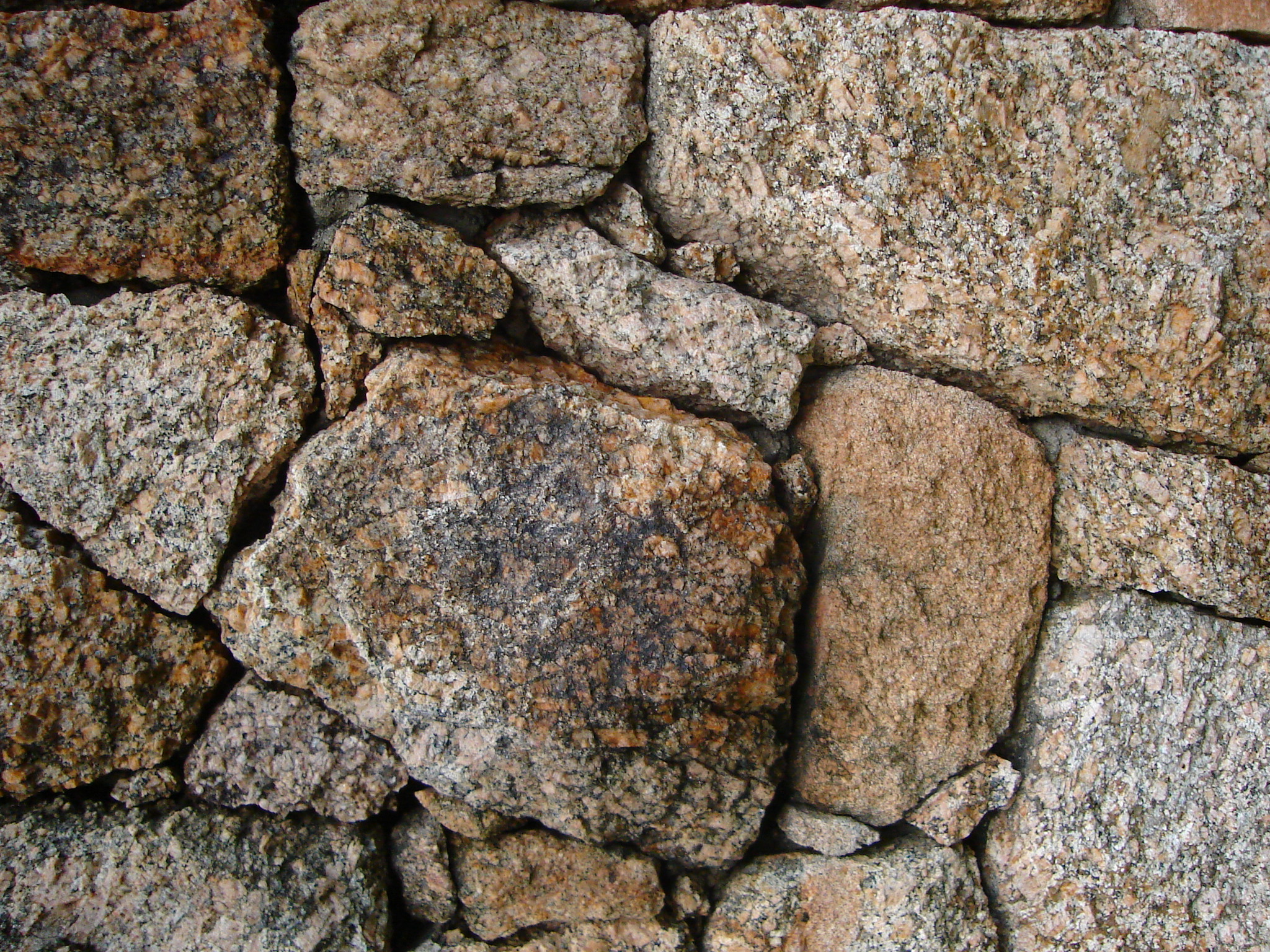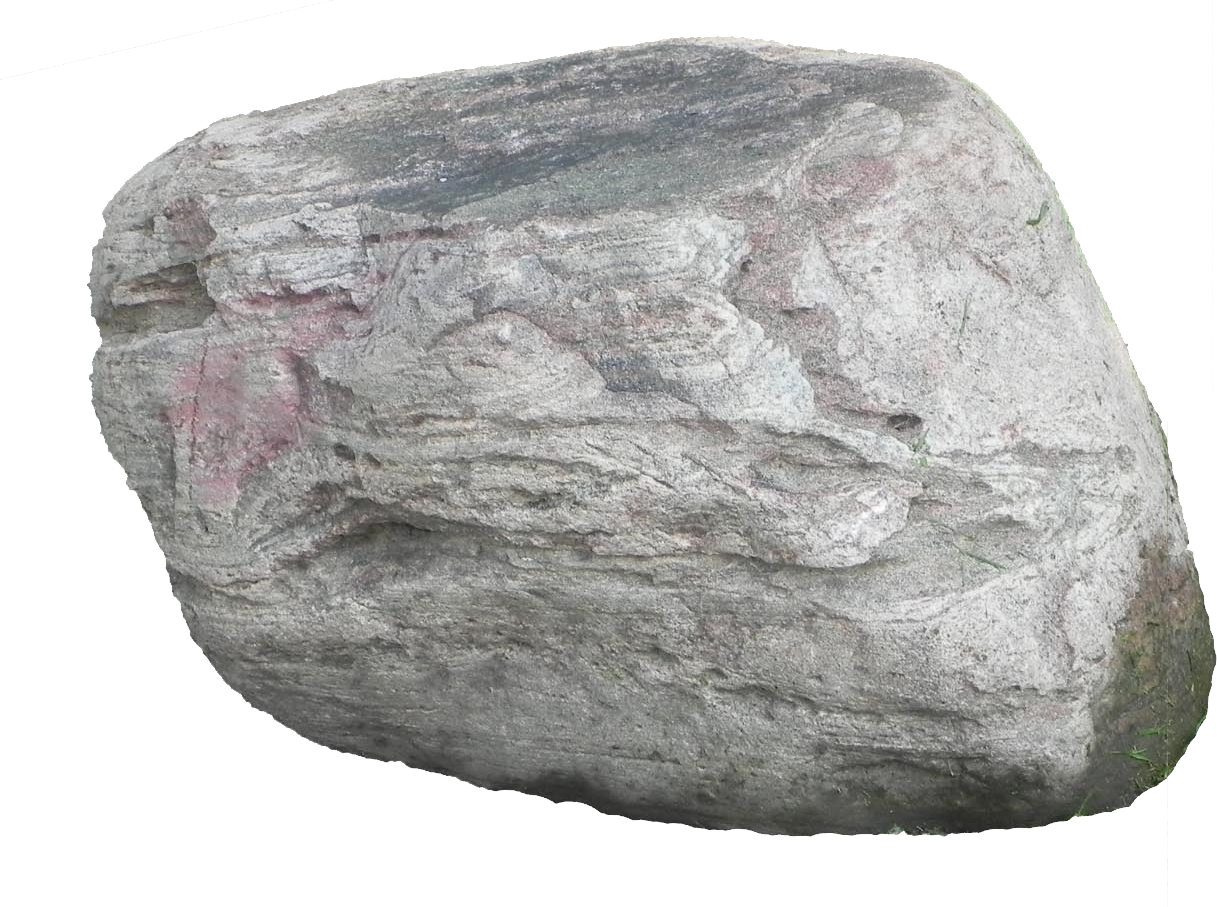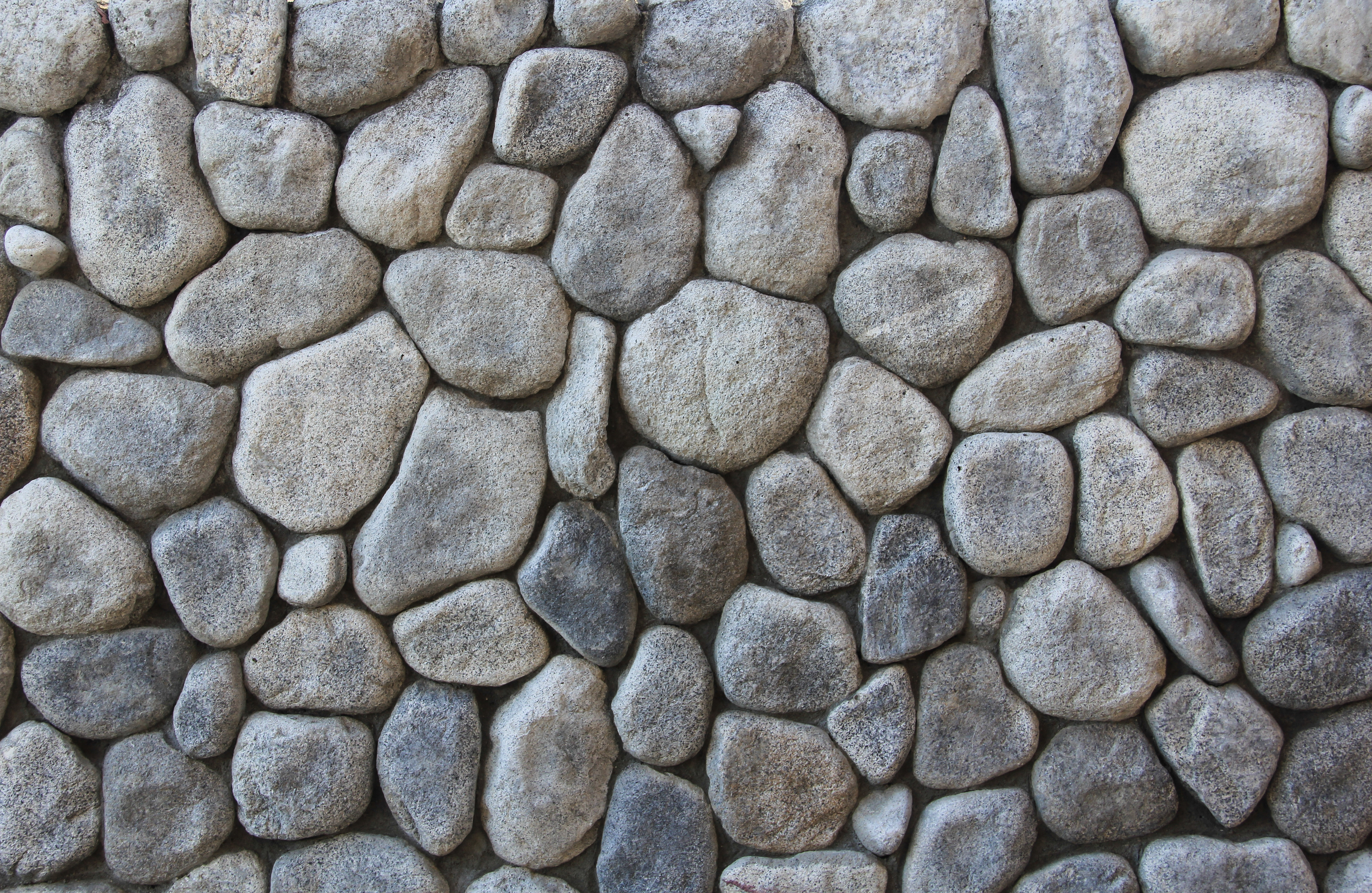Stone Lion Puppets - Artistry And Durability
There's something truly captivating about objects that feel as if they carry stories from long ago, something that speaks to a lasting presence. When you consider the idea of stone lion puppets, you are, in a way, thinking about creations that bring together the strength of the earth with the lively spirit of performance. These pieces, you know, are not just simple toys or decorative items; they are bits of the natural world shaped by human hands into figures that seem ready to spring into action, really.
The very stuff these wonderful figures are made from, that hard, solid material, has a history all its own, you see. It's a natural gathering of mineral bits, often pulled from the ground, that has been around for a very, very long time. This material, in its raw form, has been used for building and making things for ages, so it makes sense that it would also be used for something that needs to stand the test of time, like these lion puppets.
So, as we look closer at these fascinating creations, we can appreciate not just the skill involved in making them, but also the enduring qualities of the material itself. It's about how something so seemingly unmoving can be given a sense of movement and life, creating figures that hold a certain kind of magic, almost, that draws you in.
Table of Contents
- What Makes Stone Lion Puppets So Special?
- How Are Stone Lion Puppets Formed?
- What Kinds of Stone Are Used for Stone Lion Puppets?
- Why Do Stone Lion Puppets Last So Long?
- The Craft of Creating Stone Lion Puppets
- Stone Lion Puppets - A Glimpse into the Past
- Bringing Stone Lion Puppets to Life
- Caring for Your Stone Lion Puppets
What Makes Stone Lion Puppets So Special?
You might wonder what gives stone lion puppets their unique appeal, and honestly, a lot of it comes down to the very stuff they are made of. This material, basically a natural coming together of earth and mineral parts, has a kind of inherent strength and weight that other materials just don't possess. It gives these puppets a feeling of substance, a real presence, you know? Unlike things made from lighter stuff, a stone puppet feels significant in your hands, like it has a story to tell just by being there, which is pretty cool.
The Material's Heartbeat - Stone Lion Puppets
The core of any stone lion puppet, obviously, is the stone itself. This isn't just any old dirt; it's a naturally occurring, solid collection of minerals. Think about it: this material has been sitting in the ground, forming over countless years, and then it's carefully chosen for a specific purpose. The way it feels, its coolness to the touch, and the way light plays across its surface all contribute to the overall character of these little lion puppets. It's almost like the material has its own kind of quiet energy, just waiting to be brought out by the artist's touch, really.
How Are Stone Lion Puppets Formed?
When you consider how these amazing stone lion puppets come into being, it's a process that involves both the raw nature of the material and the skillful work of human hands. A stone, as we know, is a bit of rock, a solid piece of hard, packed-together mineral. To turn this natural lump into a recognizable form, like a lion puppet, requires someone to work with its inherent qualities. It’s not like molding clay, where you can just push and pull; instead, it's more about carefully taking away what isn't needed, revealing the shape within, you see.
- Bomb Threat At Atlanta Airport Today
- Where Is Phoebe Cates Now A Look Into Her Life And Career
- What Does The Term Eiffel Tower Mean
- Aishah Sofey New Leaked
- 1st Studio Siberian Mouse
Shaping the Stone Lion Puppets
The shaping of stone lion puppets is, in some respects, a conversation between the maker and the material. Stones, you know, are often described as pieces of rock that have been broken off or given a certain shape, usually by nature's forces or by people. For these puppets, it's definitely the latter. Artisans use tools to chip, grind, and smooth the rough stone, slowly bringing out the details of the lion's face, its mane, and its body. This kind of work means paying close attention to the stone's natural lines and weaknesses, guiding the process rather than forcing it, which is pretty neat.
What Kinds of Stone Are Used for Stone Lion Puppets?
It's interesting to think about the different types of stone that might be chosen for creating these captivating stone lion puppets. The material itself, as a rule, is grouped by the minerals it contains and its makeup. This means that not all stone is the same, and the kind picked for a puppet will certainly affect its look and feel. Some stones might be smoother, others might have a more grainy feel, and their colors can range quite a bit, offering lots of choices for the maker, apparently.
Picking the Right Stone for Lion Puppets
When it comes to picking the right material for stone lion puppets, makers often consider things like marble, granite, or limestone. These are all natural stone products, each with its own particular set of features. Marble, for instance, might offer a certain smoothness and a range of soft colors, while granite could provide a speckled look and a very strong surface. The choice of material really influences the final appearance of the puppet, giving each one its own distinct personality, you know, which is pretty cool to think about.
Why Do Stone Lion Puppets Last So Long?
One of the truly remarkable things about stone lion puppets is their incredible ability to stand the test of time. This comes directly from the very nature of the material they are made from. Stone, as a hard, solid, nonmetallic mineral matter, is, you know, incredibly resistant to wear and tear. It doesn't rot like wood, it doesn't rust like some metals, and it's generally not affected by everyday changes in weather. This means that a puppet crafted from stone can endure for many, many years, perhaps even generations, which is quite something, honestly.
The Enduring Nature of Stone Lion Puppets
The lasting quality of stone lion puppets is, in a way, a reflection of the material's own history. Stone itself is a piece of rock, a mass of hard, packed-together mineral that has survived for countless ages in the earth. When this material is used to build things, like in a dry stone wall, it creates structures that can stand firm for a very long time. Similarly, when it's shaped into a puppet, it carries that same toughness. These puppets are not just pretty things; they are sturdy creations, built to last, almost like little monuments themselves, really.
The Craft of Creating Stone Lion Puppets
The making of stone lion puppets is a true craft, requiring a deep respect for the material and a good deal of skill. It's about taking a piece of rock, which is a relatively hard earthen substance, and carefully working it into a desired form. This process often involves a series of steps, from selecting the right piece of raw material to the detailed carving and finishing. Each stroke of the tool, you know, needs to be precise, as there's little room for error when you're working with something so unyielding. It's a slow and thoughtful process, where the maker patiently brings the lion's shape to life from within the stone, basically.
You can imagine, too it's almost, that the artisans who create these pieces develop a very close connection with the material. They learn its quirks, how it responds to different pressures, and where its natural strengths lie. This intimate familiarity allows them to coax out the expressive features of the lion, giving each puppet a unique character. It's not just about cutting away; it's about seeing the potential within the natural form and helping it emerge, which is a pretty special kind of work, honestly.
Stone Lion Puppets - A Glimpse into the Past
Considering the long history of stone as a building material and for making various objects, stone lion puppets, in a way, connect us to older traditions. People have used stone for building things for a very, very long time, as a matter of fact, since ancient times. This long history of using a hard, solid substance found in the ground for building or for pieces of art means that anything made from it carries a sense of that enduring past. These puppets, you know, are not just new inventions; they stand as a continuation of an age-old practice of shaping the earth's bounty into meaningful forms, which is quite something.
It's like, when you hold a stone lion puppet, you're holding something that echoes the very first objects people ever carved from rock. The idea of taking a small piece of rock, or a larger mass of hard, compacted mineral, and giving it a specific shape for a particular purpose, has been around for a while. So, these puppets, in their own quiet way, seem to tell a story of human creativity stretching back through the years, linking us to those who came before, basically.
Bringing Stone Lion Puppets to Life
Even though stone is a fixed, unmoving substance, the way stone lion puppets are crafted gives them a sense of potential movement, almost. The word "puppet" itself suggests something that can be controlled and animated, and while these might not be string puppets in the usual sense, their design often implies a readiness for action. The careful positioning of limbs, the expression on the lion's face, and the overall posture can suggest a moment frozen in time, like the lion is just about to pounce or roar, you know, which is pretty cool.
The makers, in fact, use their skill to give these figures a lifelike quality, despite the stiffness of the material. They play with shadows and light, creating depth and form that make the lion seem to breathe. It's about understanding how the material responds to different angles and how to use its natural variations to add to the puppet's character. So, in a way, they are bringing a kind of silent life to these stone creatures, allowing them to communicate a sense of power and grace without uttering a sound, which is quite an accomplishment, honestly.
Caring for Your Stone Lion Puppets
Because stone lion puppets are made from such a durable material, caring for them is, in some respects, pretty straightforward. Stone, as a piece of rock of relatively solid, hard mineral matter, generally refers to something that's quite tough. They don't typically need much more than a gentle wipe to keep them looking their best. Unlike things made of more delicate stuff, you don't usually have to worry about them breaking easily or losing their shape over time, which is a definite plus, you know.
However, even though they are quite sturdy, it's still a good idea to treat your stone lion puppets with a bit of care, just like any cherished item. Avoiding very harsh cleaners and keeping them from falling onto very hard surfaces will help them maintain their appearance for a very, very long time. Think of it as respecting the natural material and the effort that went into shaping it. These pieces, after all, are meant to last, offering their quiet presence and strength for many years to come, which is pretty great, honestly.
The article has explored the unique qualities of stone lion puppets, drawing on the inherent characteristics of stone as a material. We've looked at what makes them special, how they are shaped from natural mineral matter, the different kinds of stone that might be used, and why they are so long-lasting. We also touched upon the craft involved in their creation, their connection to historical uses of stone, how they are given a sense of life, and some simple ways to care for them.



Detail Author:
- Name : Karelle Marks MD
- Username : olin.padberg
- Email : leann63@franecki.net
- Birthdate : 1999-04-17
- Address : 80290 Kallie Common Windlerhaven, VT 68965-5612
- Phone : +1.678.691.6086
- Company : Jenkins, Williamson and Crona
- Job : Personnel Recruiter
- Bio : Est et accusantium odio aperiam natus doloribus. Autem non odio dolores et dolorum. Sit ut dolores consequatur fugit beatae omnis occaecati dolorem. Voluptatem nostrum officia hic.
Socials
linkedin:
- url : https://linkedin.com/in/kobe_real
- username : kobe_real
- bio : Quos nobis voluptatem placeat.
- followers : 4513
- following : 2555
instagram:
- url : https://instagram.com/krunolfsdottir
- username : krunolfsdottir
- bio : Ut blanditiis consequatur et voluptas excepturi minus explicabo. Hic illo ipsa tenetur ut quidem.
- followers : 1060
- following : 2444
facebook:
- url : https://facebook.com/kobe6759
- username : kobe6759
- bio : Ea ipsum et non ut commodi explicabo dolor.
- followers : 6744
- following : 2492
tiktok:
- url : https://tiktok.com/@kobe.runolfsdottir
- username : kobe.runolfsdottir
- bio : Ut suscipit rerum necessitatibus perspiciatis commodi.
- followers : 6155
- following : 1991
twitter:
- url : https://twitter.com/kobe_runolfsdottir
- username : kobe_runolfsdottir
- bio : Ab maxime molestias beatae. Commodi et perspiciatis dolor.
- followers : 4444
- following : 1978